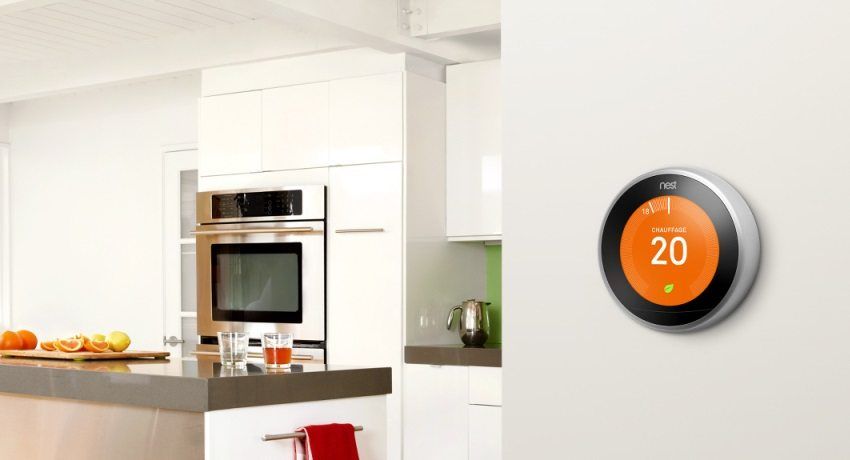Siphon is one of the most important parts of a home plumbing system. Its design does not allow unpleasant smells and noises from the sewage into the apartment due to a kind of plug from the water. At the same time, it passes the used water into the sewer. The choice of siphon is a very important point, because the reliability and durability of the device depends on its design, material and other characteristics. Siphon for the kitchen sink is presented in different versions and modifications, so the choice can be quite difficult.
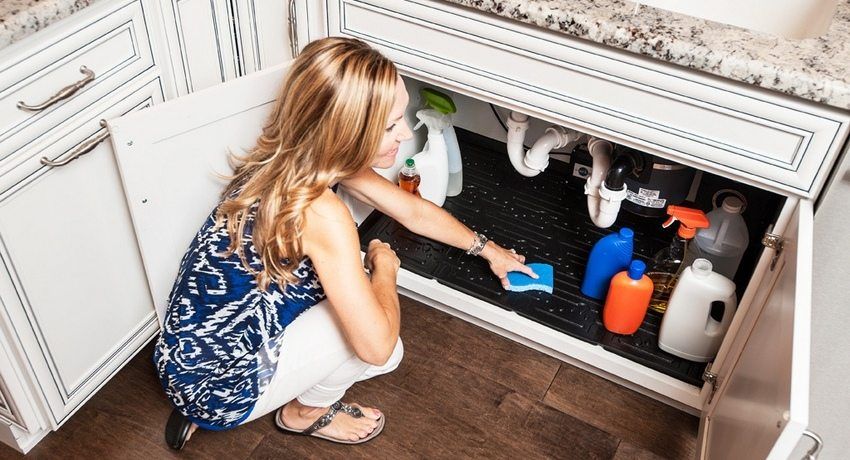
Types of siphons and their features
For installation under the sink, three main types of siphons are used.
Corrugated – the easiest of all. Siphon corrugated for shells is a folded plastic pipe on a curved frame. On one side of the pipe there is an outlet through which water flows out of the sink, and on the other, an adapter that connects to the sewage system. This design is very easy to install – it does not require special skills and tools.
Another advantage is the flexibility of the frame: the siphon for sinks with corrugation can be installed anywhere. For example, if a sink or sink is not located according to the standard, connecting a corrugated siphon will not be a problem. In addition, it is very cheap. A minus of this type is difficulty in cleaning. If such a siphon is clogged, then a simple tube will not help here – you will have to disassemble the entire structure and spend a lot of time cleaning it.
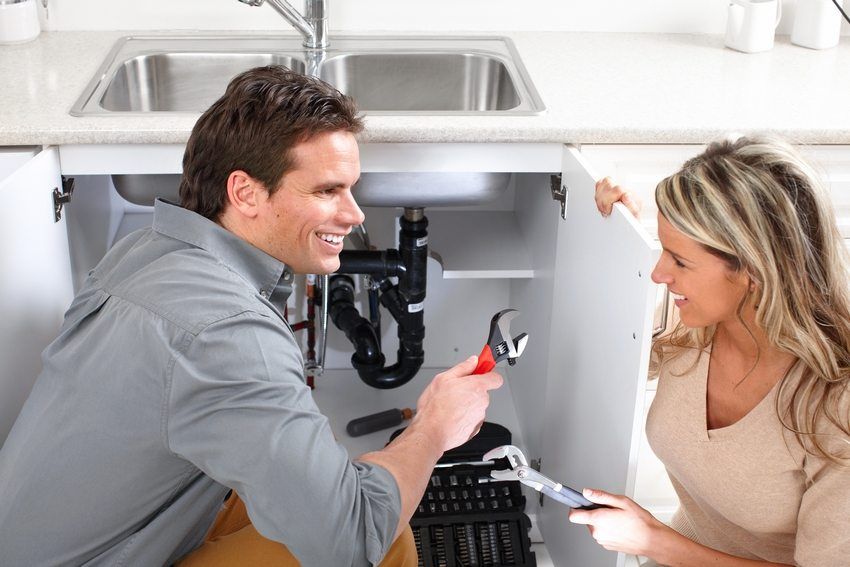
Bottle – The most common option. The water lock is located here at the bottom, which has the shape of a bottle. The pros and cons of this design are opposed to a corrugated siphon. Bottle siphon is more difficult to disassemble and assemble, but when using it, it is easier to clean the clogs. A significant advantage of this type is the ability to connect additional equipment with the help of tees or splitters. Therefore, bottle siphons for double sinks in the kitchen are ideal.
By the way, a useful feature of this design is the presence of overflow. This feature of the siphon structure is designed to control the water level in the sink bowl. Even if the pipe is clogged, the siphon for sinks with overflow will not allow water to overflow over the edge of the sink.
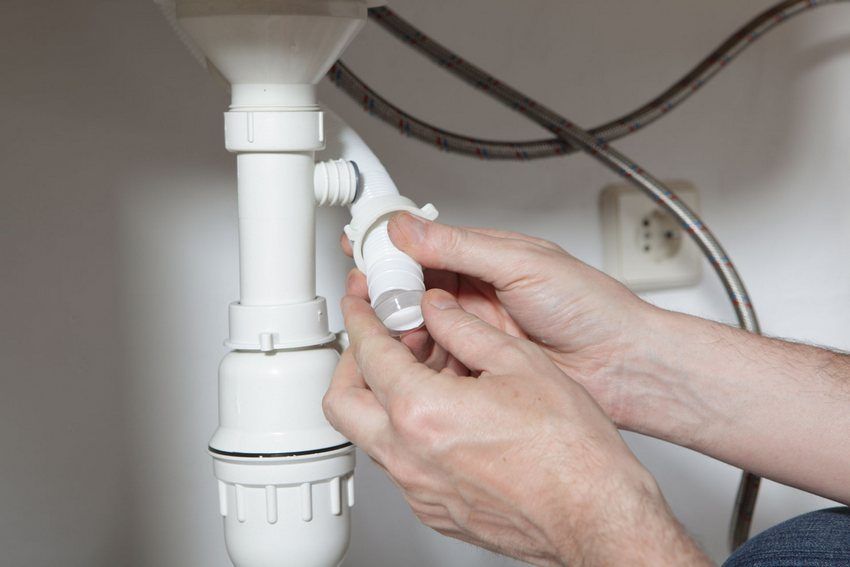
Pipe siphon It is a rigid curved pipe, which can be collapsible or non-collapsible. The downside is that a rigid structure requires precise alignment of the sink outlet and drainage into the sewer. In the pipe siphon there is both a water stop and overflow, therefore, if your sink is installed according to the standard, you can safely put a pipe siphon on it.
The choice of type of construction depends on many parameters: the location of the sink relative to the sewage, your financial position and others.
Helpful advice! There is a fourth type of construction – hidden. In essence, this is a bottle siphon, but the bottle is built into the wall. This is the most expensive option, which allows you to significantly save space and hide communications. If you have enough money and you want to boast a good taste, stop your choice on a hidden siphon.
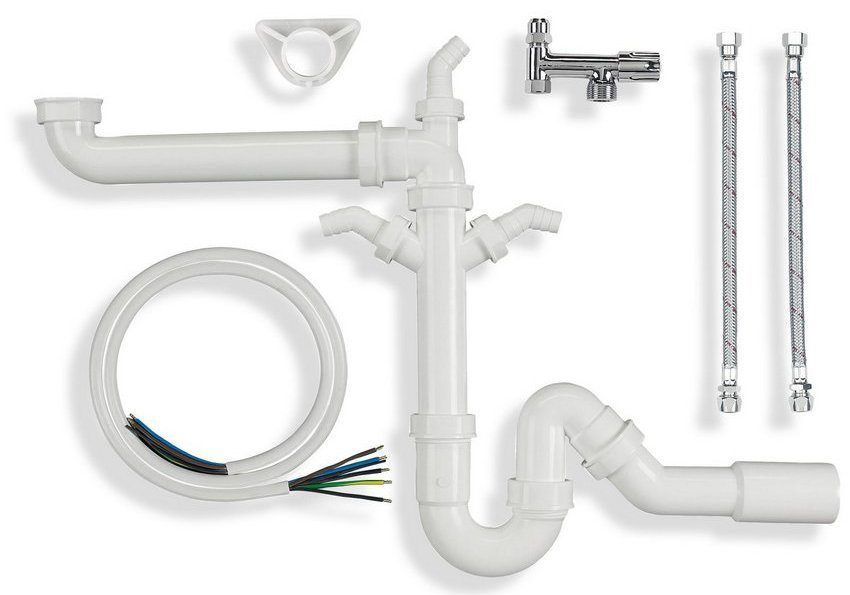
In addition to the basic structure, the following structural elements can be installed on the siphons:
- overflow – buy a siphon with overflow for sinks in the kitchen is in order to avoid flooding the kitchen. Overflow goes straight to the sewer release. In the kitchen sink, he is an external tube that goes into the siphon;
- additional side entrance – they are equipped with siphons to which you can connect various equipment, such as a washing machine. Such an entrance is usually located between the water seal and the neck of the sink. There can be more than two inputs.

Siphon for sinks in the kitchen is worth buying with both of these features. This will save you from the risk of accidental flooding if the drain is closed, for example, the dishes that have accumulated in the sink, as well as provide an opportunity to connect appliances such as a dishwasher or washing machine.
The main materials for the manufacture of two siphons – plastic and metal. Each of them has its own characteristics, advantages and disadvantages.

Plastic siphons are cheaper designs, especially if they are made of polyethylene. Usually they have a very simple tubing device and a small number of connections. More expensive are the siphons of polypropylene, characterized by greater strength and durability. In addition, polypropylene is less sensitive to high temperatures, so it is recommended to use it if you are going to connect a washing machine with a boiling mode. Sometimes a plastic siphon can leak. In such cases, it is enough to tighten the threaded connections.

Metal siphons for washing the kitchen are more expensive than polymer, but they are also more durable. The most common materials for metal constructions are brass or bronze. They are good because they do not oxidize, they resist corrosion for a long time. There are also stainless steel siphon variants, but they are not used very often because of their high cost. Chrome sink siphons are the most beautiful, but also the most expensive.

Before buying, you should consider a number of important factors that will help you choose the right model:
- type of plumbing to which the siphon is connected. It is quite simple to buy equipment for a standard sink, but if the sink was bought to order and was not installed according to standards, then you will have to suffer. The ideal option in such cases is a corrugated type, but you can also connect the bottle type. Hard pipe siphon is suitable only for standard plumbing;
- equipment design. Modern manufacturers offer the broadest selection of designs and materials. There are siphons with a lining for protection, built-in cork, plastic or metal flasks. An important point when choosing is the number of washers and gaskets. If they are smaller than what is required for installation, this can be a nuisance;
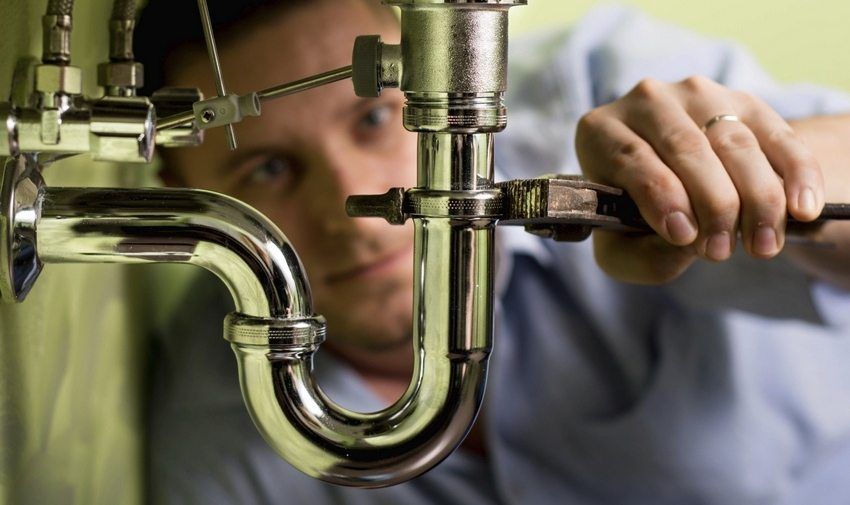
- the amount of water that is planned to flow through the kitchen sink or sink. This is a very important parameter, since large pipes are needed for significant drainage. Otherwise, you often run the risk of small but unpleasant floods in the kitchen;
Helpful advice! If you know in advance that you will connect additional equipment to the siphon, it is best to purchase a bottle siphon with a tee and a large pipe diameter.
- overflow The overflow design is another additional insurance against kitchen flooding;
- the diameter of the neck of the sink and the drain in the sewer, the distance between these two holes. If these parameters differ from the standard ones, then you will have to buy additional adapters;
- cost of equipment. Sink siphons with plastic or metal overflow can vary considerably in price, therefore, when choosing, it is worth focusing on your financial capabilities.
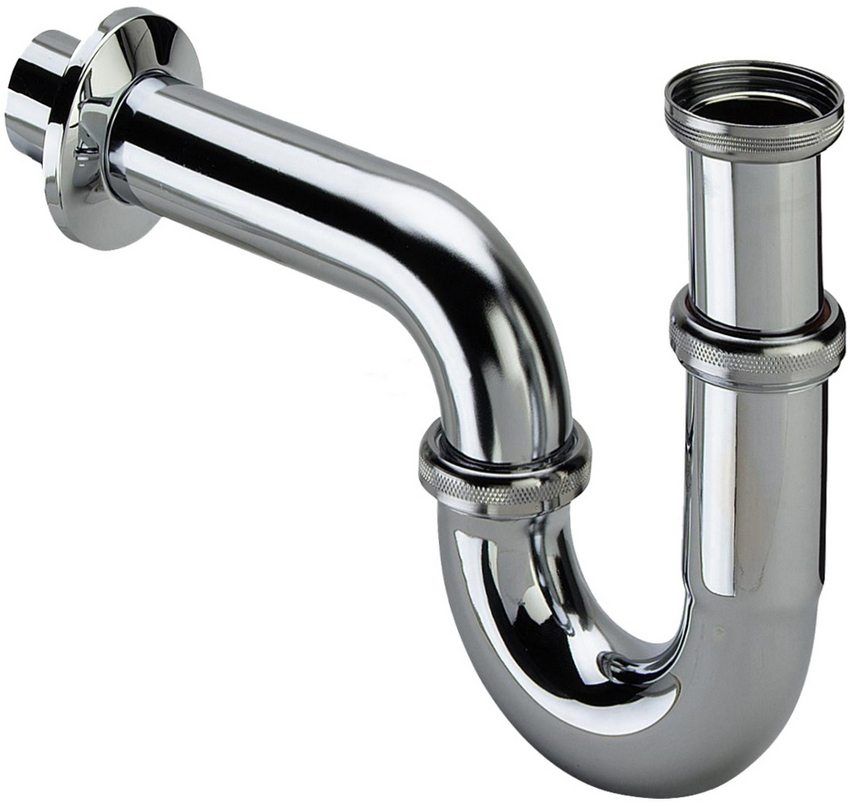
Of course, you can always buy equipment cheaper and easier, but in this case, most likely, after a while it will have to be changed. And this is not only considerable financial expenses, but also big time expenses. Therefore, it is better to take into account all the possibilities in advance, for example, connecting additional equipment.
Installing a siphon for kitchen sinks with overflow or other design features alone is not too difficult. Of course, we need minimal skills in the field of plumbing and a certain set of tools, but if all this is available, you can remove the old siphon and install a new one without much effort. Tools include a screwdriver, handsaw, tape measure and sandpaper. Sometimes scissors can be useful for trimming pipes.
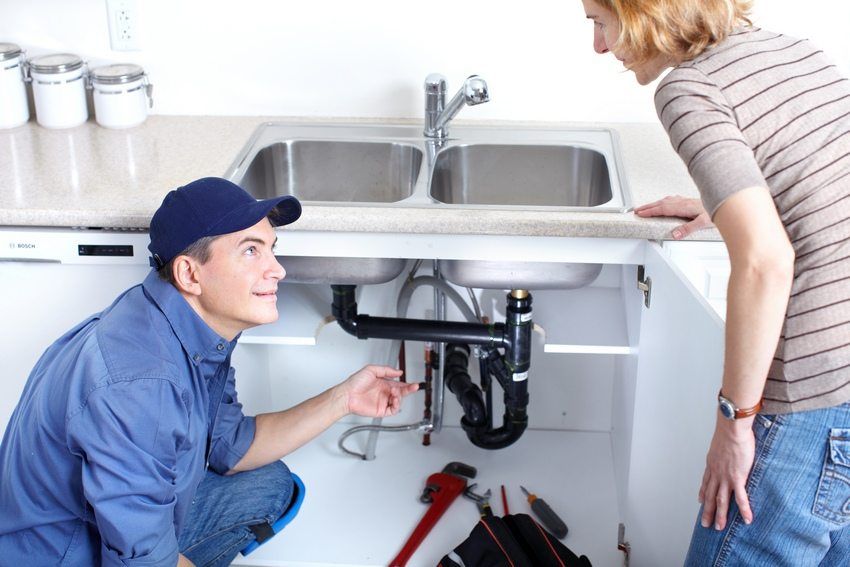
Before installing the new sink siphon in the kitchen, you need to dismantle the old one. This is done very simply: using a screwdriver, unscrew the screw in the center of the drain hole grid. After that, the siphon is simply removed.
Helpful advice! Over time, the nut and screw stick to each other so much that it becomes very difficult to unscrew the siphon. In this case, sometimes it is enough to detach the lower part of the siphon and twist the nozzle. If this is not enough, then you need to use special solvents.
Before you collect the siphon, you need to expand all the parts in front of you and make sure that all the connections, gaskets, nozzles and other elements are enough. After that, you can start the assembly. Below we will discuss the plastic bottle siphon, as the most common design for the kitchen sink.

First you need to take the largest flat gasket and put it on the largest hole of the siphon. Top cap is screwed. Then a cap nut is fastened on the branch pipe, which will be attached to the sink, on which the conical gasket is tensioned. The socket is inserted into the upper opening of the siphon and twists. Sometimes the pipe needs to be combined into one with the funnel drain.
Then the corrugated pipe is screwed. The union nut is put on it, then the conical gasket is tensioned, and then the corrugation is screwed to the siphon. Double sink siphons are a little more complicated, as there are two outlets and two pipes, but the assembly principle is the same.
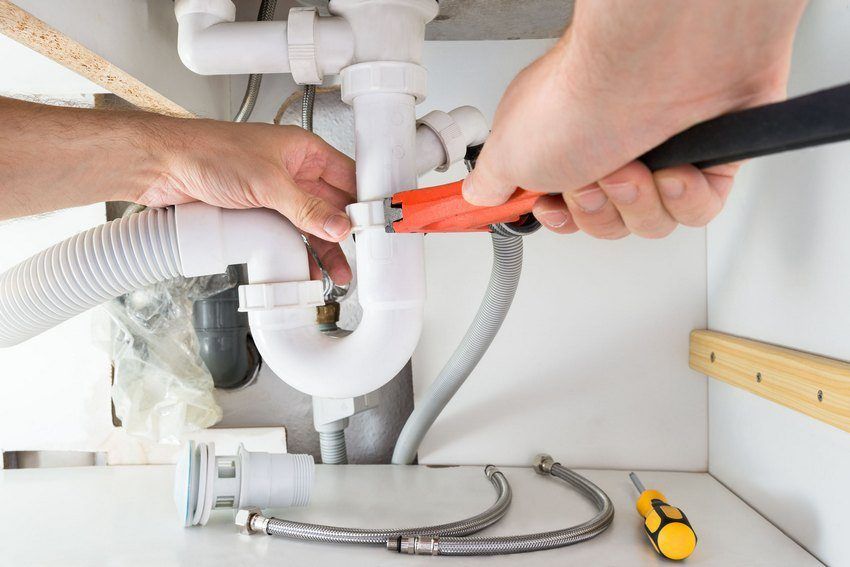
Siphons for the sink in the bathroom or in the kitchen are set the same. First, a corrugated sealing ring is placed on the siphon nozzle with strips up, then the remaining ring is tensioned under the metal grill. After that, the siphon is inserted under the sink, a drain grate is placed on top, a screw is inserted and twisted. All siphon installed. It remains only to connect its outlet to the drain sewer.

It is very simple to connect the sink siphon in the bathroom or in the kitchen. If the diameter of the pipe does not match the diameter of the drain hole, you need to use special adapters that you can buy in a specialty store. Instead of corrugations, it is possible and necessary to connect a hard drain to the sewer drain.

